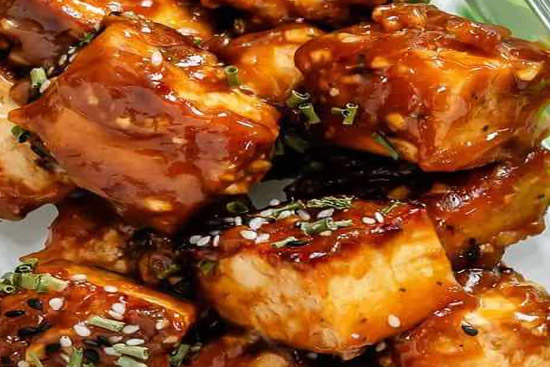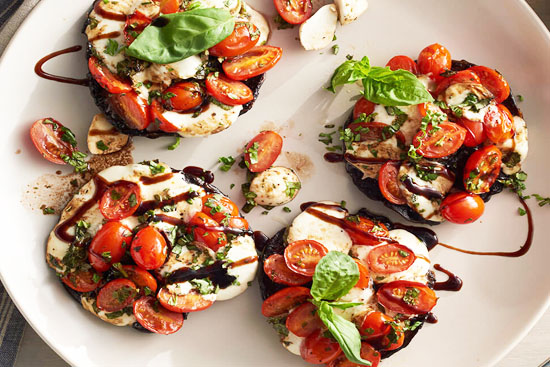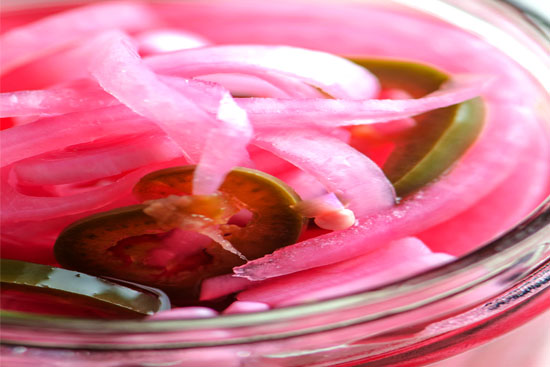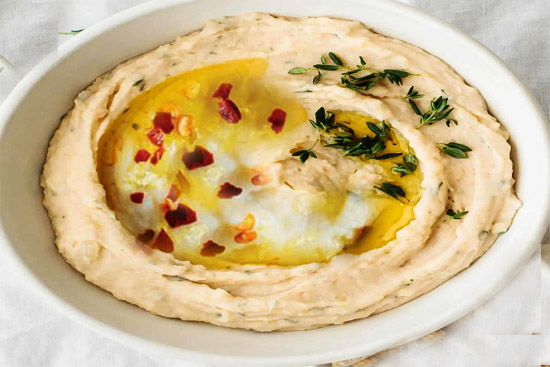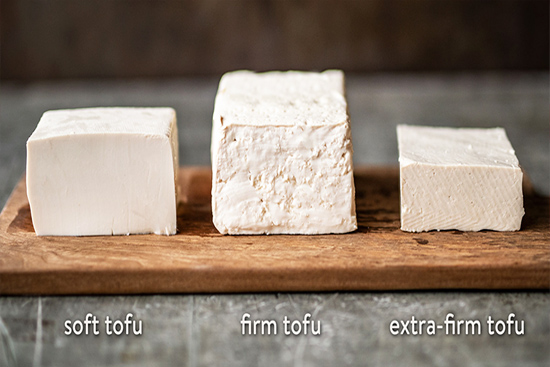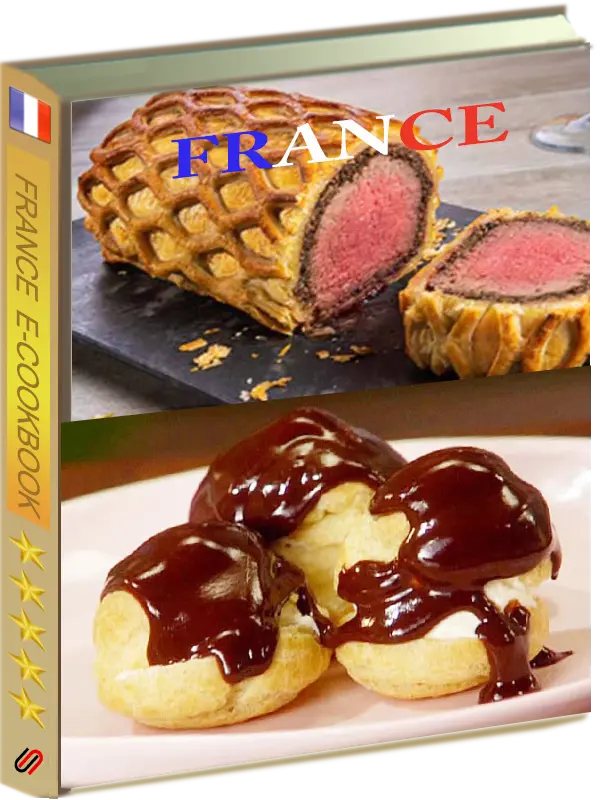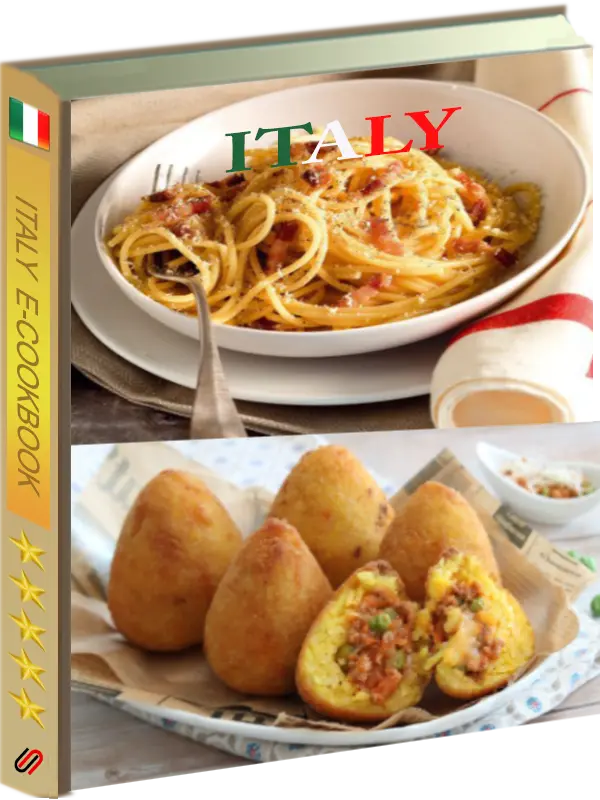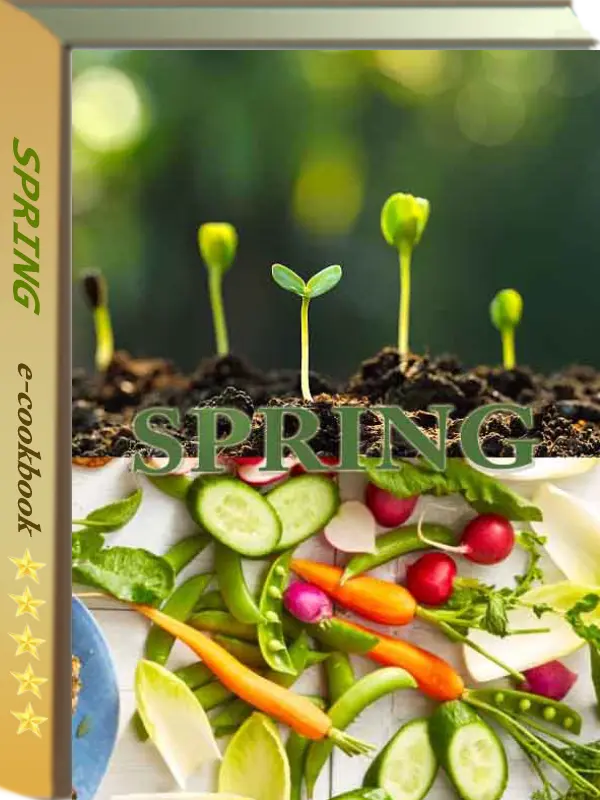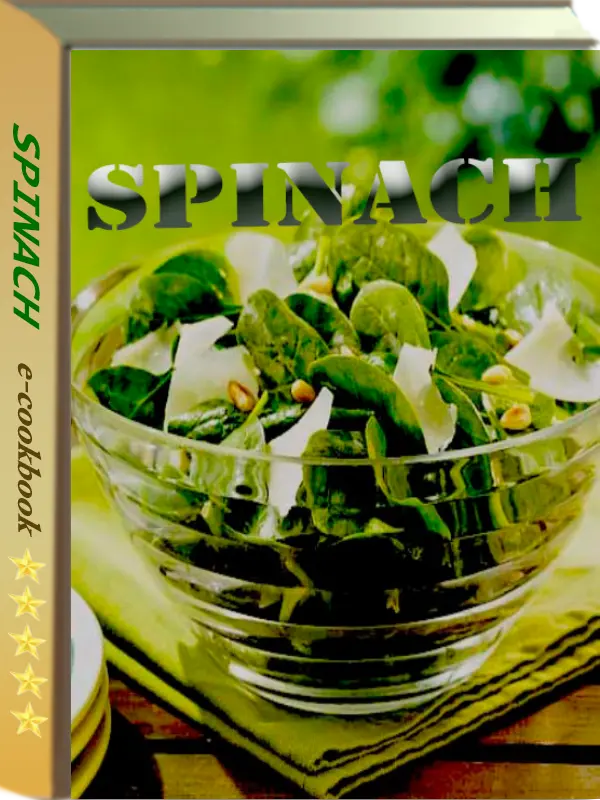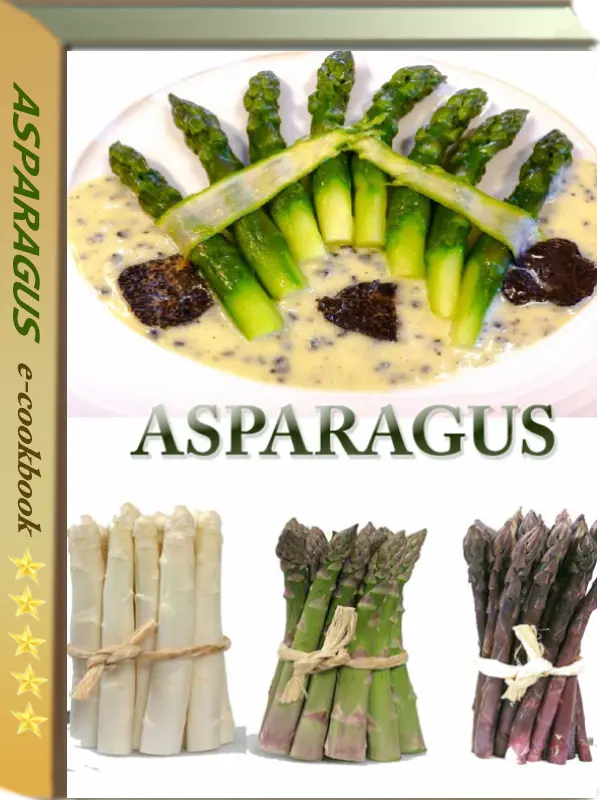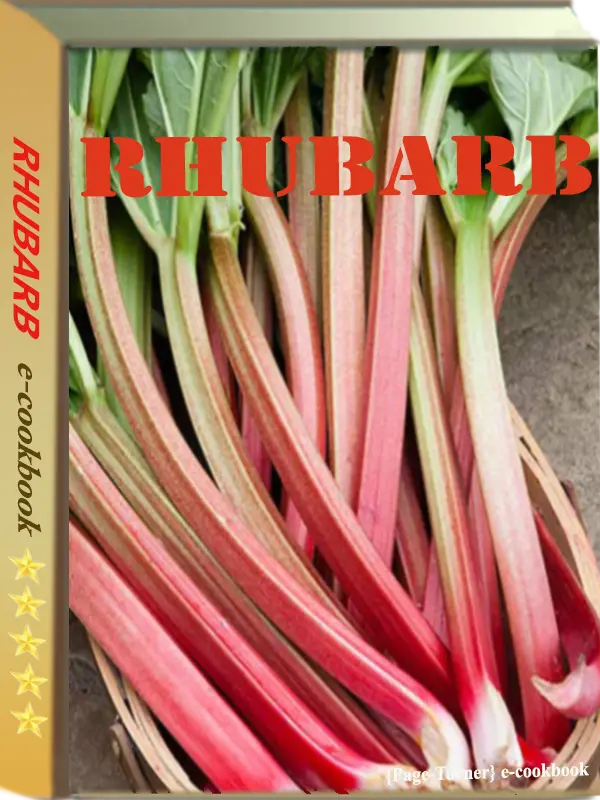
Crispy tofu

To enhance the flavor of tofu, consider the addition of smoked paprika, garlic powder, black pepper, or toasted sesame seeds.
Ingredients
-
1 14 oz. block extra firm tofu
1 tbsp reduced-sodium tamari
2 tbsp nutritional yeast, plus more to taste
Directions
Preheat the oven to 425F.
Drain the liquid from the Tofu and “press” the extra liquid out by wrapping it in a clean dish towel, or by using a Tofu press.
For best success, get it as dry as possible!
Cut the Tofu into even cubes. Lightly press the cubes with a dish towel.
Add the cubed tofu to a large bowl; gently toss it with the tamari, until evenly coated. Add the nutritional yeast, then gently mix until coated. Add more Nutritional Yeast or extra seasonings to taste, if desired.
Transfer the cubes to a baking sheet lined with a silicone mat, leaving space between the cubes. Bake on the top rack of the oven for 20 minutes, then flip the cubes. Bake for another 20-30 minutes, depending on how crispy you like your tofu. The Tofu will also get slightly crispier as it cools.
Serve as desired; leftovers will last in the fridge for up to one week.
